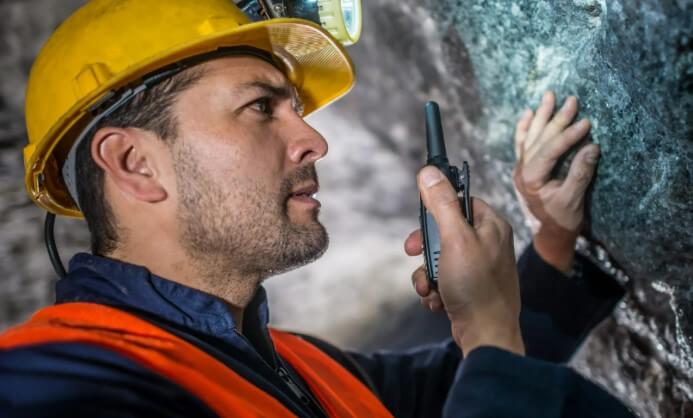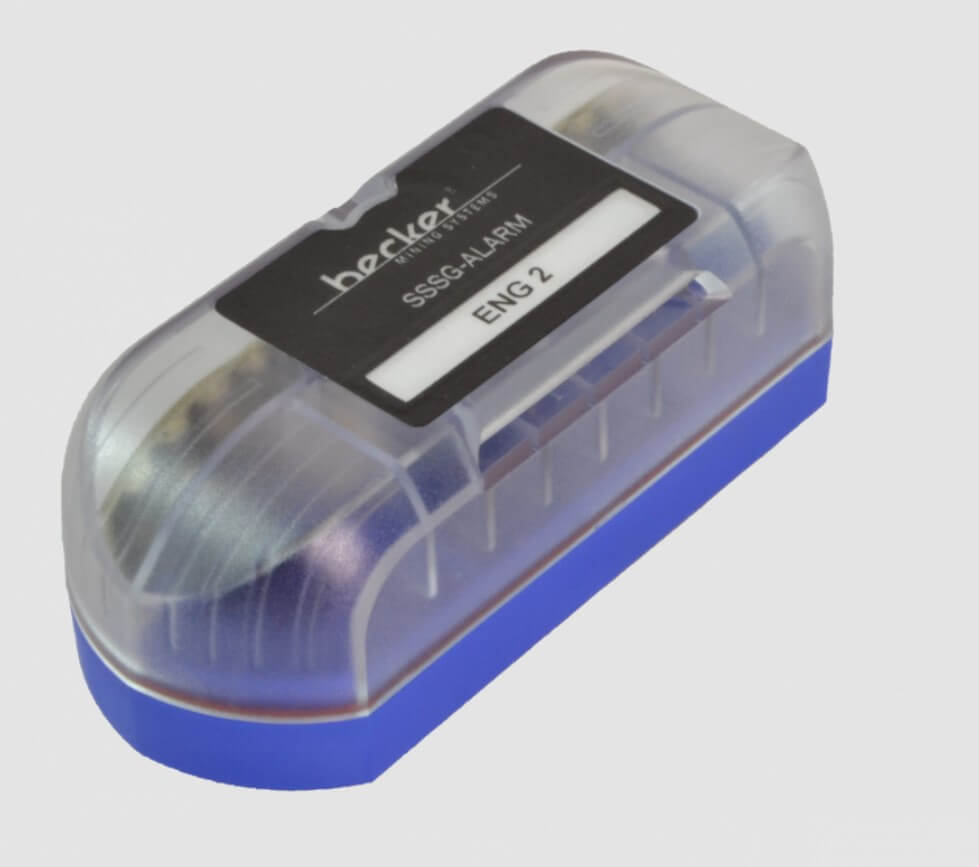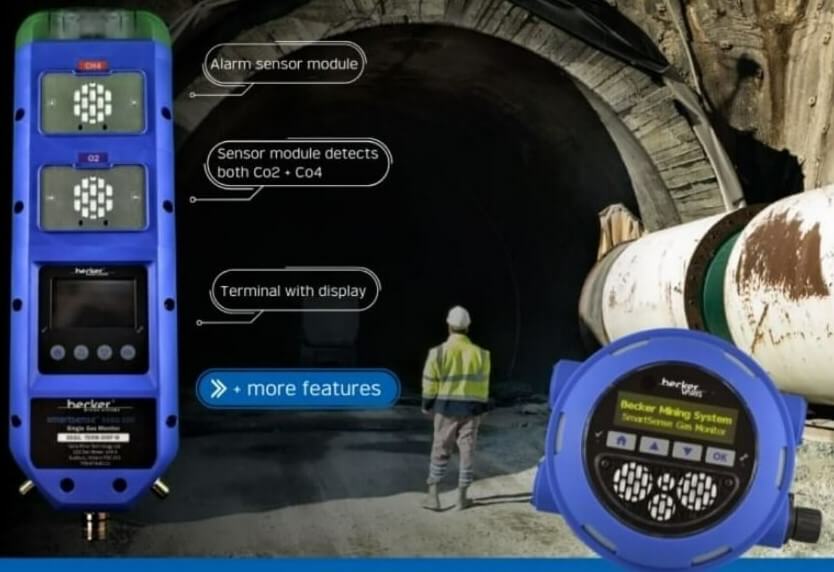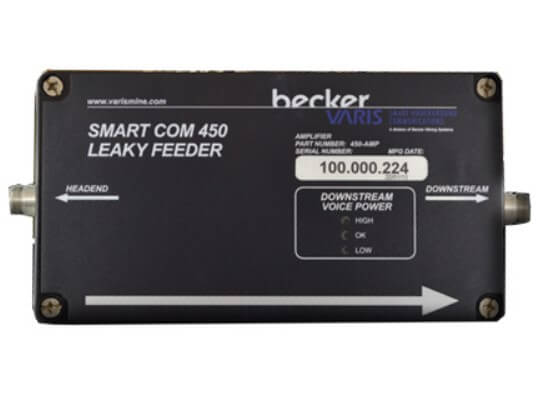Productivity in mining depends on fast communication. When crews work underground, across large open-pit sites, or in remote regions, they need reliable tools to coordinate tasks and keep operations moving. That’s why modern two way radios have become essential for mining teams across the USA—they give workers instant communication that reduces delays, improves safety, and keeps equipment running efficiently.
How Modern Mining Two Way Radios Boost Productivity








